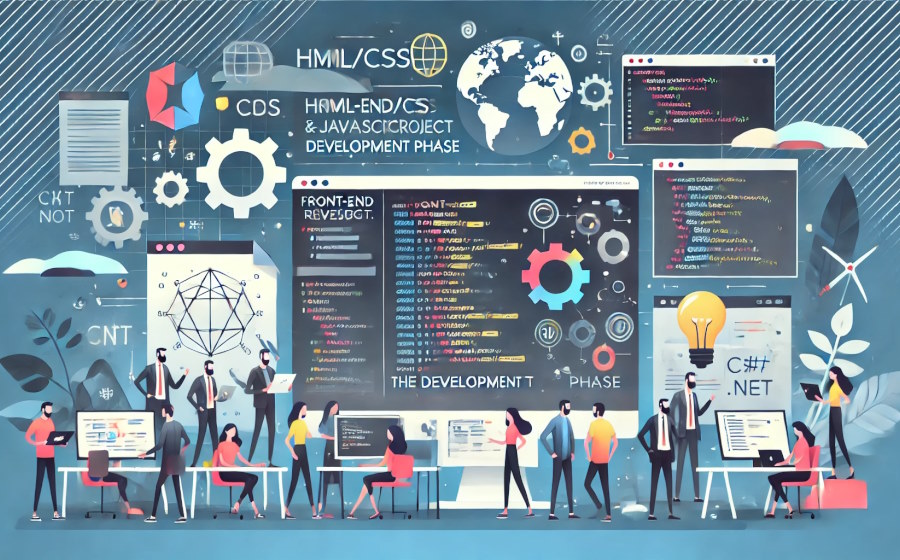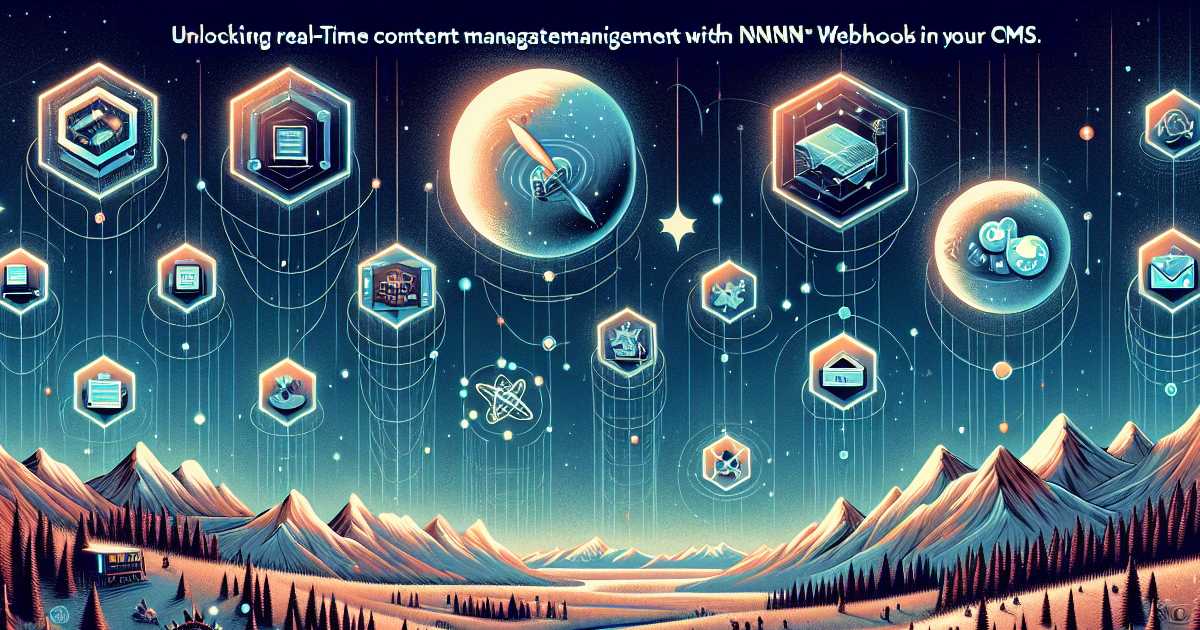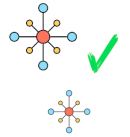
The Essential Team for a Successful Redesign Project: The Development Phase
Continuing our series on the essential team members for a successful website redesign project, we now focus on the Development Phase. This phase is crucial for transforming the detailed requirements and designs into a functional website. Implementing a content management system (CMS) like Umbraco requires specific skill sets that vary based on whether a traditional or headless implementation is chosen. Let's explore the roles and skills needed for both front-end and back-end development in these scenarios.
Development Models: Traditional vs. Headless
In a traditional CMS implementation, the CMS handles both the management and delivery of content. Conversely, in a headless CMS model, the CMS manages content while a separate application delivers the end-user website. Each model requires distinct skills and approaches.
Key Roles in the Development Phase
1. Front-End Developers
Purpose: To convert high-quality designs into functional web pages using HTML, CSS, and JavaScript.
Responsibilities:
- Traditional Implementation: Develop responsive and accessible web pages directly within the CMS environment.
- Headless Implementation: Create applications that consume content from the CMS via APIs and render it using frameworks like React or Next.js.
Skills Needed:
- HTML/CSS/JavaScript: Strong foundational skills are essential for both models.
- JavaScript Frameworks: Experience with React or Next.js is crucial for headless implementations.
- Tools and Libraries: Proficiency in tools like Webpack, Babel, and CSS preprocessors (e.g., Sass, LESS).
2. Back-End Developers
Purpose: To build and maintain the server-side logic, database structures, and integrations with the CMS.
Responsibilities:
- Traditional Implementation: Implement the CMS (Umbraco) using C# MVC to deliver web pages.
- Headless Implementation: Focus on maintaining the CMS, creating and managing content models, and developing APIs for front-end consumption.
Skills Needed:
- Umbraco CMS: Deep understanding of Umbraco’s architecture, components, and best practices.
- C# and .NET: Proficiency in C# and the .NET framework for building and extending Umbraco.
- API Development: Skills in creating robust and scalable APIs using technologies like ASP.NET Web API.
The Development Process
-
Front-End Development
- Traditional Model: Front-end developers work within the CMS to create templates and styles that ensure a consistent user experience.
- Headless Model: Developers build standalone applications that fetch data from the CMS via APIs, focusing on client-side rendering and performance optimization.
-
Back-End Development
- Traditional Model: Back-end developers integrate content directly within the CMS, handling server-side rendering and page delivery.
- Headless Model: Back-end developers ensure the CMS can serve content efficiently through APIs, often requiring optimization and security measures.
Challenges and Considerations
- Skill Levels: Front-end development for headless CMS projects requires a higher skill level, particularly with JavaScript frameworks like React and Next.js. Teams should not assume that good JavaScript developers without experience in these frameworks will succeed without additional training.
- Integration Complexity: In headless implementations, back-end developers must focus on creating seamless and efficient APIs, which can add complexity compared to traditional models.
- Collaboration: Effective communication between front-end and back-end developers is crucial, especially in headless projects where the separation of concerns is more pronounced.
Conclusion
The Development Phase is pivotal in bringing a website redesign project to life. Whether implementing a traditional or headless CMS like Umbraco, the success of this phase depends on the skills and collaboration of both front-end and back-end developers. Understanding the nuances of each model and ensuring your team is equipped with the necessary skills will lead to a smoother development process and a more successful project outcome.
In our next article, we will explore the Deployment Phase, where we will discuss the roles and strategies for successfully launching your redesigned website. Stay tuned as we continue to outline the roles and skills needed at each stage of a successful website redesign project.
Read the Series
Latest Posts
February 25, 2025
Unlocking Real-Time Content Management with n8n Webhooks in Your CMS
February 7, 2025



